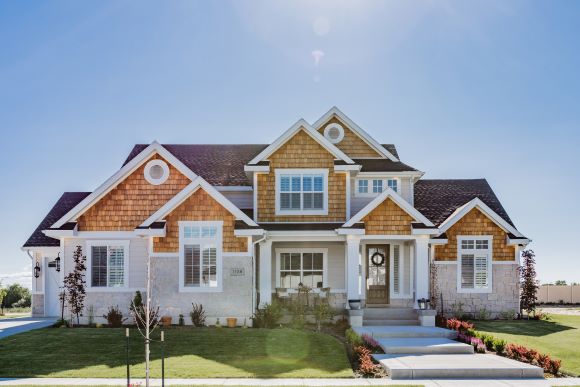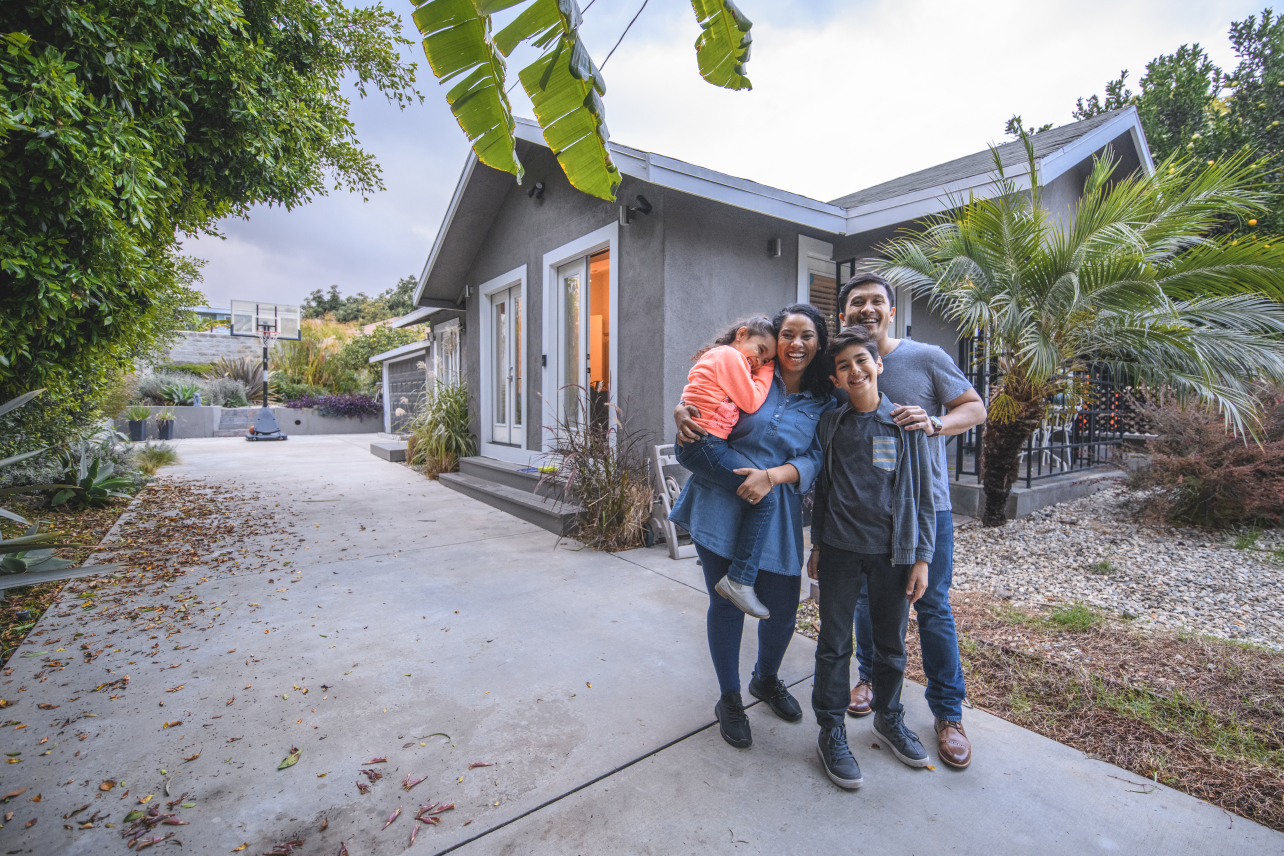Millennials are the largest demographic of homebuyers and yet, they still remain a mystery to many housing professionals. Coming of age during the recession hindered some major milestone like getting started in a career, getting married, and starting a family. But since 2018, millennials have represented the largest cohort of homebuyers since the baby boomers signaling that they’re starting to buy homes!

Generalizing preferences about a generation that the Pew Research Center estimates at more than 73 million Americans is no easy task (nor do we recommend it), but we can use cultural values, characteristics, and trends among this generation to make observations that will help you better understand and cater to this segment.
More deluxe digs
Millennials are waiting longer to buy homes than previous generations (the homeownership rate is 8 percentage points lower than it was for Gen Xers and Baby Boomers when they were in the same age group) due to several factors like the 2008 recession, increased student loan debt, and differing lifestyle choices. With this delay, some Millennials are bypassing the “starter” home that many first-time homebuyers invest in and opt straight for something bigger and newer.
They’re less likely to compromise on things like location or amenities. Millennials prefer a home they can live in now, without having to do too much work or update appliances. They’re generally not as willing to invest in a fixer-upper or home renovation in favor of something more on-trend that they can deck out with decor.
Design matters
In the Architectural Digest, Pinterest-approved world we’re living in, Millennials prioritize design trends and aim to emulate spaces they see online or TV. Stylish kitchens and specific architectural styles are things Millennials look at when comparing homes. Homes built between the 1970s to the late 90s are generally overlooked because they’re dated but not “vintage”. They’ll either opt for something newer, or a renovated older style. Some popular architectural styles are:
- Mid-century modern homes. Homes built between the 1930s - 1960s are popular with this generation. Best known for its sleek, 1950s aesthetic, you’ll see a lot of low or flat roofs, geometric shapes, built-in features, and open floor plans with this style.
- Mediterranean or Spanish style. Especially popular on the West Coast, these homes incorporate Spanish elements like white stucco exteriors and tile roofs. You’ll see some wood detailing, a lot of arched shapes in windows and entryways, and potentially some pottery or colorful tiled accents.
- Pre-World War II. These homes range from Victorian, to Colonial, to a more craftsman style bungalow. Old world charm is at the forefront of this style and the homes are generally unique in layout and accent work.
In terms of interior design, you’ll find the polarity of updated and modern and/or renovated and retro is popular. Think colored Art Deco tiled bathrooms and clean, sleek kitchens. Long gone are the days of shag carpeting and wallpaper for these first time homeowners.
Smarter, greener homes
Smart, eco friendly homes and features are popular with Millennials. They live to stay connected with smart technology and integrated design that offer the convenience of controlling their home remotely like programming all of their lights or buzzing someone in to deliver a package. More accessible low-scale tech details like outlets with USB ports are easy swap-outs.
Green features like energy efficient appliances and long-term cost-saving features like solar panels are becoming more popular with the environmentally conscious generation. These features can increase the price tag of a home, and not all Millennials are equipped for that. For those that have a bigger budget, a greener home is preferable.
Community environment
Millennials will choose a shorter commute over more space. The trends to move outward to the suburbs are diminishing and younger homebuyers are looking for a space that is convenient to work and located in a neighborhood that fosters community. With flexible workstyles among Millennials, they want access to attractions like coffee shops, restaurants, and parks or fitness centers. At home, they’re looking for open floor plans and spaces to entertain guests. 51% of Millennials say they want an outdoor kitchen sink, refrigerator, and grill to entertain at their home.
--------------------------
While Millennials prefer design-centric and convenient features in their homes, they still want an affordable house in a nice neighborhood. Listen to your clients and talk to them about their unique housing needs. The better you understand them, the more you’ll be able to customize your services to help them achieve their dreams of homeownership.



